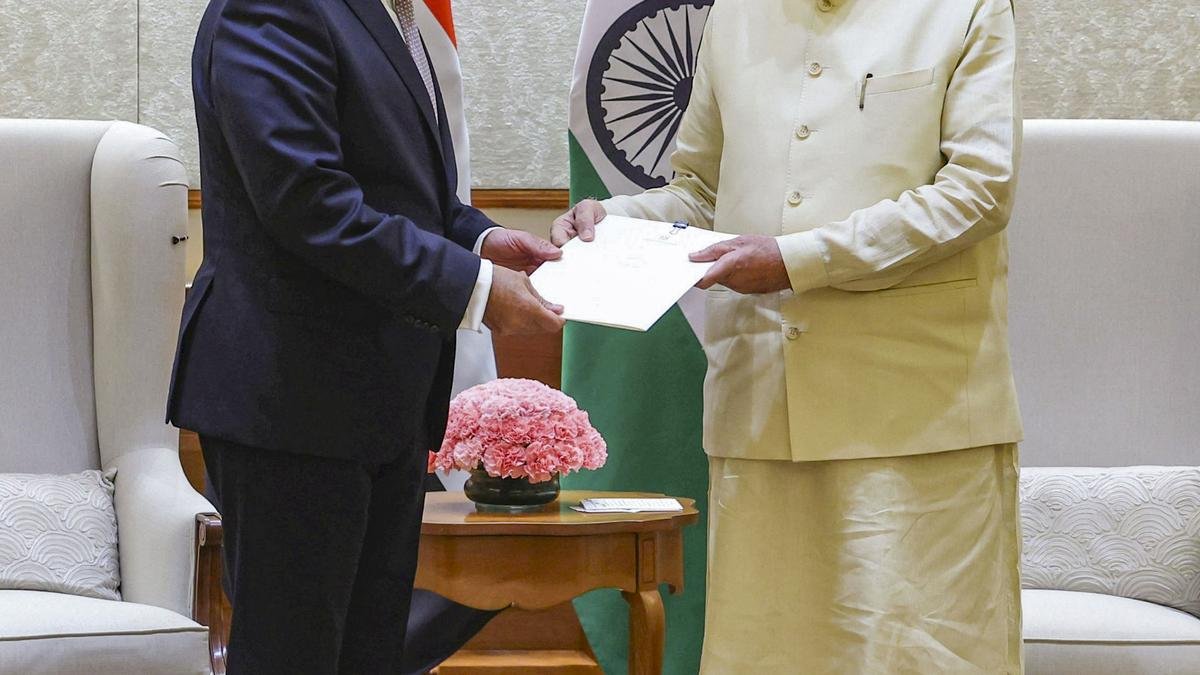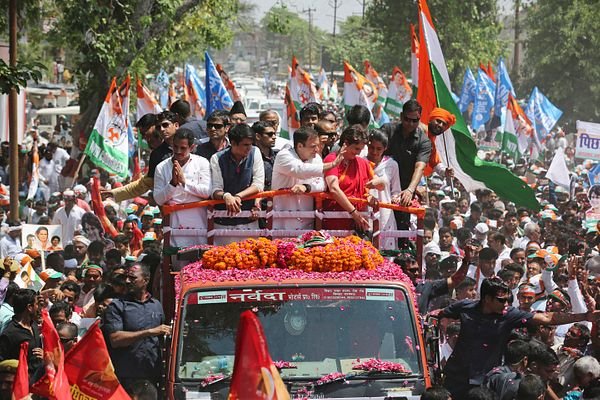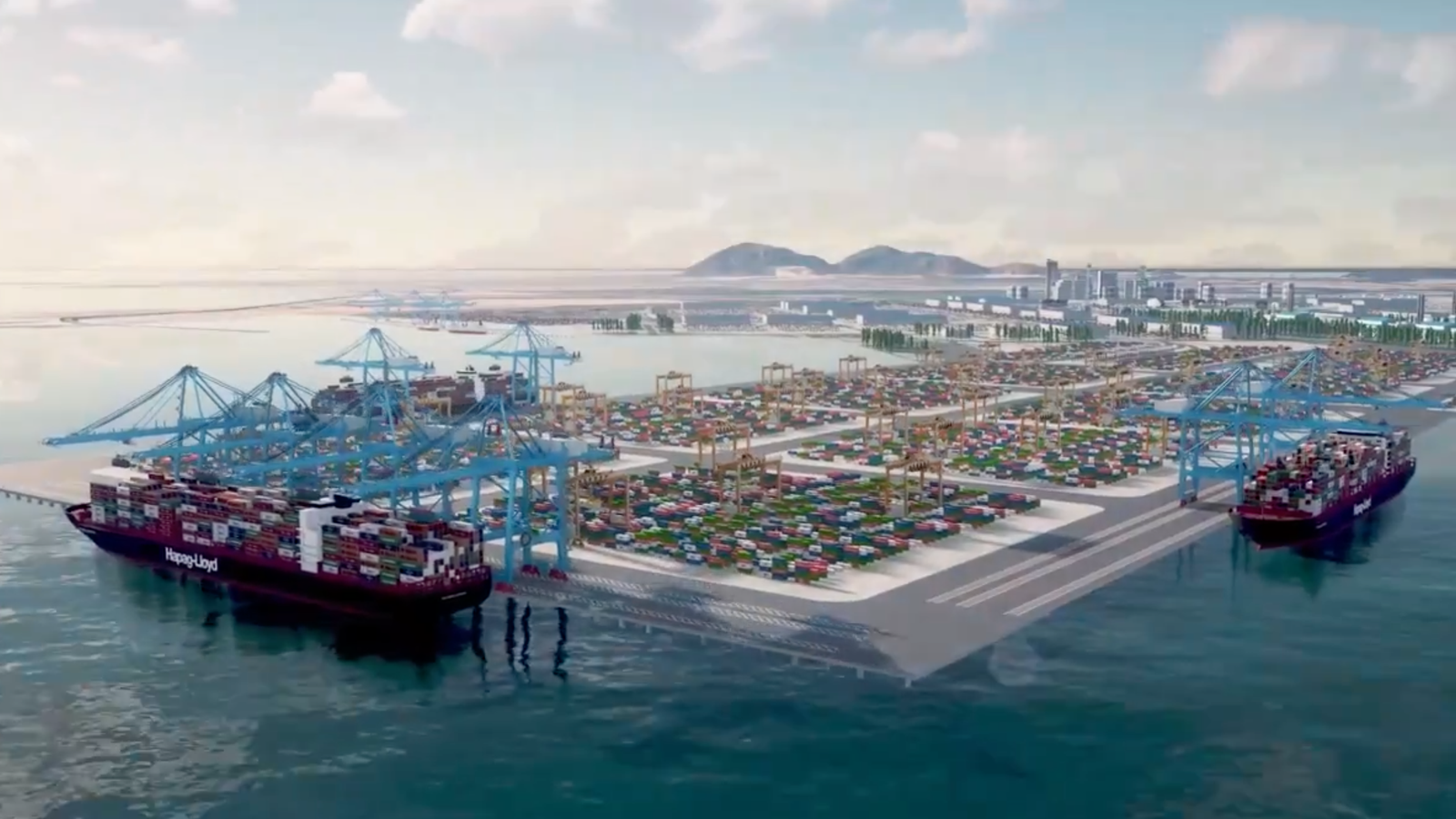Why in the News?
- Egypt’s Foreign Minister said the India–Middle East–Europe Economic Corridor (IMEC) cannot move forward unless there is progress on the Palestinian issue, linking regional peace with connectivity projects.
- Egypt also offered India a place in the Suez Canal Economic Zone (SCZONE) and showed interest in joining IMEC when the situation becomes peaceful.
Key Highlights
- Launch of IMEC (2023): IMEC is a multi-modal trade route initiative that was launched at the G20 Summit in New Delhi in September 2023. It aims to connect India with Europe through the Middle East using ports, railways, energy pipelines, and digital cables. Israel’s Haifa port was identified as an important link in the route.
- Setback after Gaza Conflict: Just a month after its launch, IMEC was disrupted by the October 7, 2023 terror attacks in Israel and the following war in Gaza. The conflict created political and security challenges for the corridor.
- Egypt’s Position (2025): During the first India–Egypt Strategic Dialogue, Egypt’s Foreign Minister Badr Abdelatty said that IMEC cannot continue without resolving the Palestinian question. Egypt will consider joining, once peace and stability are restored.
- Proposal for Indian Industrial Zone: Egypt invited India to set up an industrial zone in the Suez Canal Economic Zone (SCZONE) which is a global trade hub that already hosts industrial complexes from Russia and China.
- Expanding Bilateral Trade: Both countries agreed to double their trade (currently around $5 billion). Areas of focus include pharmaceuticals, minerals, renewable energy, digital technology, AI, and chemicals.
- Link between Peace and Connectivity: Egypt stressed that without Palestinian statehood and regional peace, long-term connectivity projects like IMEC will face constant disruptions and instability.
| Suez Canal Economic Zone (SCZONE) The Suez Canal Economic Zone (SCZONE) is a special economic area in Egypt developed around the Suez Canal, one of the world’s busiest shipping routes. Its key features and importance are: 1. Location: It stretches along the Suez Canal, connecting the Red Sea and the Mediterranean Sea, giving it a very strategic position for global trade. 2. Purpose: It was created to attract foreign investment, boost industrial development, and make Egypt a global manufacturing and logistics hub. 3. Facilities and Incentives: The zone offers tax breaks, simplified regulations, and modern infrastructure to encourage industries such as manufacturing, logistics, and renewable energy. 4. Global Participation: Several countries including China and Russia have or plan to have their own industrial zones within SCZONE to produce and export goods. 5. Trade Connectivity: Goods made in the SCZONE can be easily shipped to Africa, Europe, and the Middle East, thanks to Egypt’s trade agreements and its central location. 6. Strategic Importance for India: For India, joining the SCZONE would mean easier access to African and European markets, enhancing “Make in India” exports and deepening ties with Egypt. |
Implications for India
- Improved Trade Connectivity: IMEC can reduce transport time and cost, improving India’s access to European and Middle Eastern markets.
- Diversified Routes: The corridor provides an alternative to traditional sea routes like the Suez Canal path, increasing supply chain resilience.
- Stronger Ties with Egypt: Setting up an industrial zone in Egypt will strengthen India’s trade and diplomatic footprint in Africa and West Asia.
- Need for Active Diplomacy: India will have to engage more deeply in Middle East peace efforts to keep IMEC viable.
- Boost to Manufacturing Exports: Indian industries can use Egypt as a base to export to multiple continents efficiently.
- Access to a Wider Market: With Egypt’s participation, India can gain access to a market of over 2 billion people across Africa, Europe, and the Arab world through Egypt’s extensive trade agreements.
Challenges and Way Forward
| Challenges | Way Forward |
| Ongoing Israel–Palestine conflict | Support regional peace talks and coordinate with Egypt, UAE, Saudi Arabia, and the EU for a stable corridor. |
| Route security risks | Strengthen maritime and land security cooperation; ensure insurance and safety mechanisms. |
| Different political interests among member countries | Keep IMEC a neutral, development-focused initiative benefiting all participants. |
| Funding and coordination | Set up a clear project structure involving governments, private sector, and multilateral banks. |
| Trade facilitation hurdles | Work with Egypt on customs, logistics, and industrial incentives within SCZONE. |
Conclusion
The IMEC is a major strategic project for India’s global trade and connectivity goals. However, as Egypt points out, peace in the Middle East—especially a resolution to the Palestinian issue—is essential for its success. India must combine economic planning with diplomatic engagement to ensure long-term stability and cooperation.
| EnsureIAS Mains Question Q. Examine the strategic and economic importance of the India–Middle East–Europe Economic Corridor (IMEC). How do regional conflicts, especially the Israel–Palestine issue, affect its progress? (250 Words) |
| EnsureIAS Prelims Question Q. With reference to IMEC and related developments, consider the following statements: 1. IMEC was launched during the G20 Summit in New Delhi in 2023 and plans to connect India with Europe via Israel’s Haifa port. 2. Egypt has invited India to set up an industrial zone in the Suez Canal Economic Zone (SCZONE). 3. Egypt stated that IMEC can move forward regardless of the Palestinian issue. 4. IMEC aims to include transport, energy, and digital connectivity networks. Which of the statements given above are correct? Answer: B. 1, 2 and 4 only Statement 1 is Correct: IMEC was launched during the G20 Summit in New Delhi (2023) to link India and Europe through Middle Eastern ports, including Haifa (Israel). |





